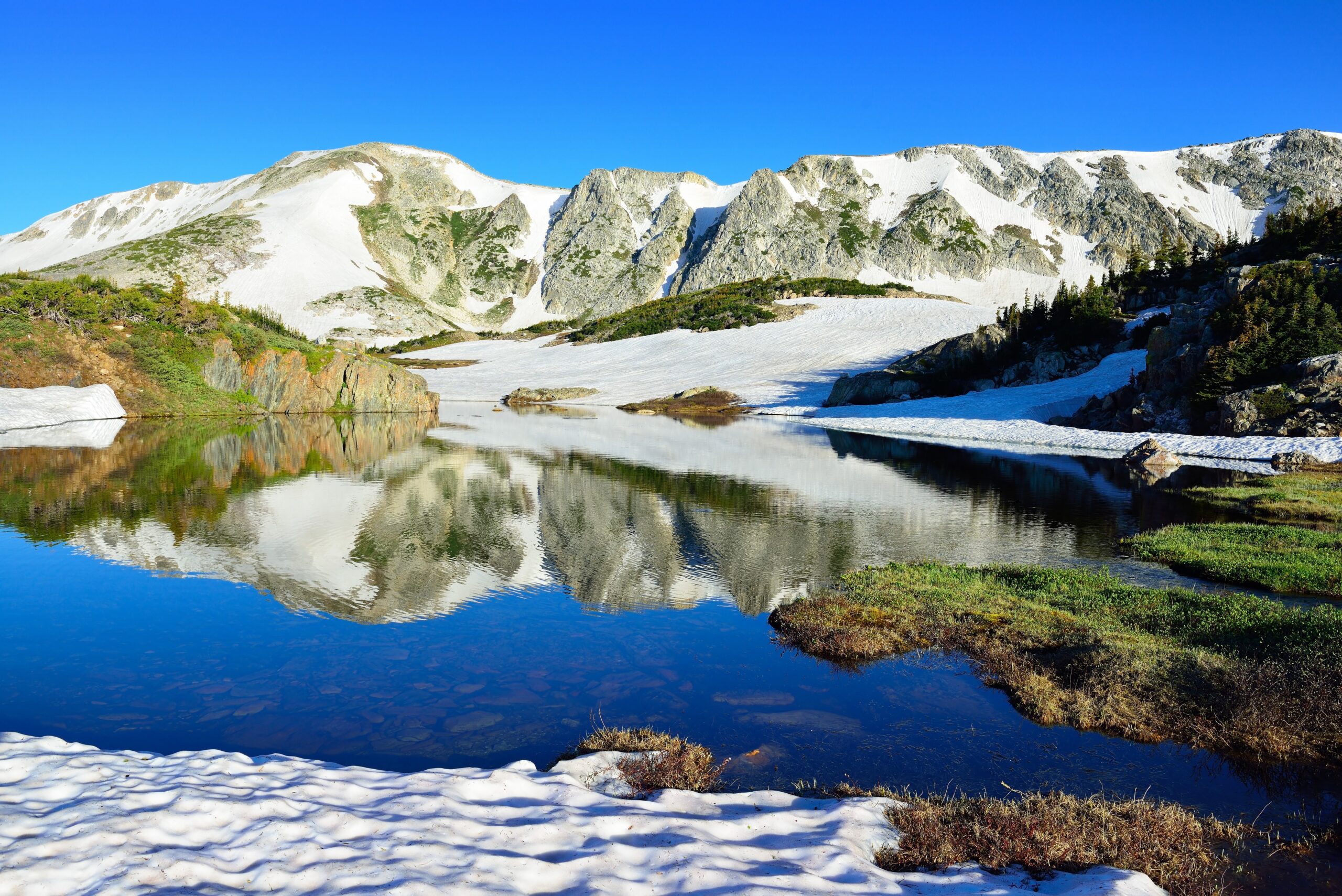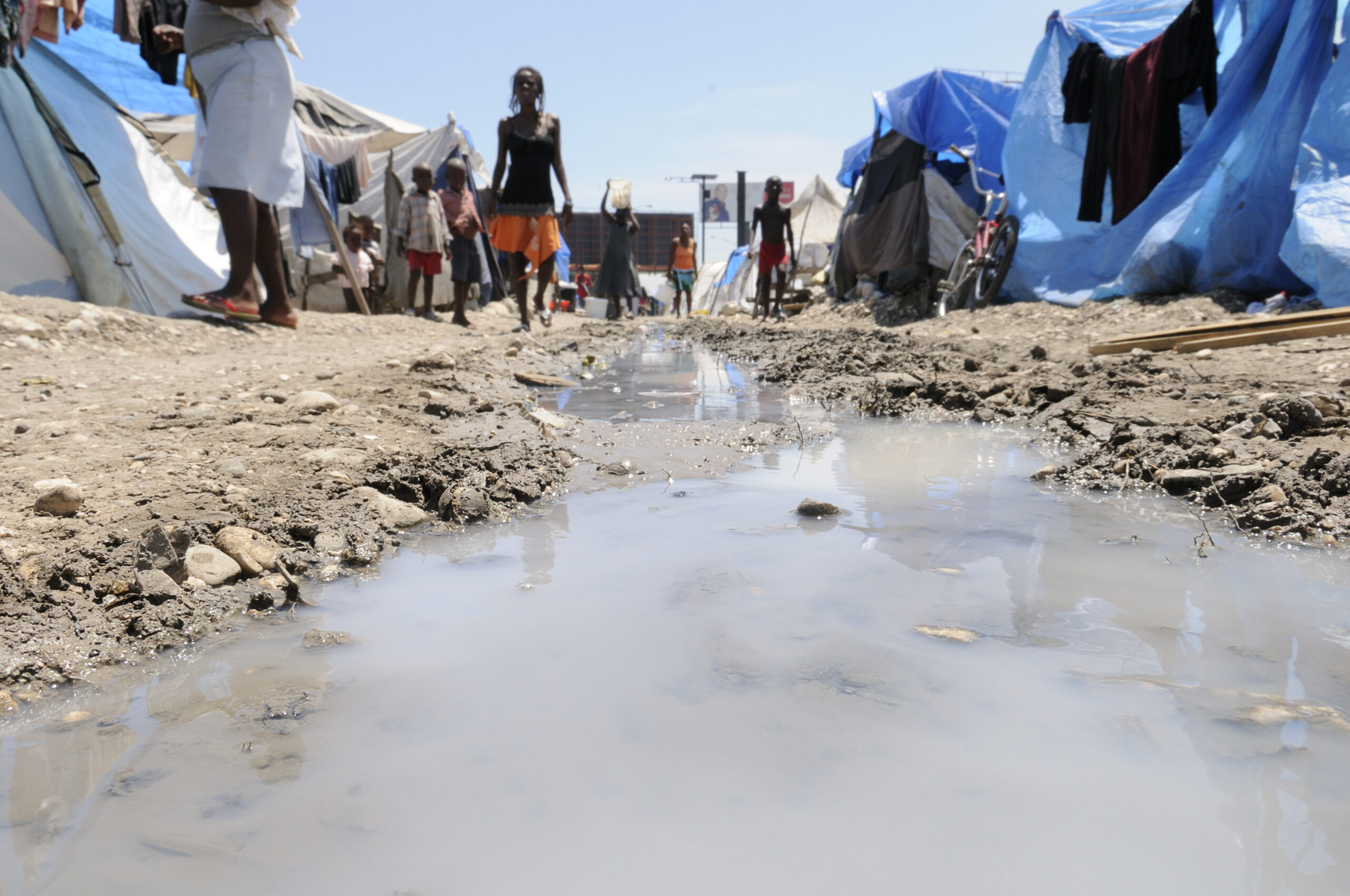Consumption

Several demographic factors around the world affect water use: population, urbanization, standards of living, prevailing mix of economic sectors, and number of households.1Jill Boberg, Liquid Assets: How Demographic Changes and Water Management Policies Affect Freshwater Resources (Santa Monica: RAND Corporation, 2005). As these factors change—population grows, number of households increase, and societies switch from agrarian to industrial modes—water demands shift.
In particular, the number of households and household size stand out as key drivers of consumption, which is summarized by the conclusion, “Per capita, smaller households consume more water and produce more waste.” While the number of households increases globally, the number of people living in each household decreases. As affluence increases, multigenerational households shift from three generations under one roof, sharing laundry, cooking, and outdoor watering to individual or single-generation households, driving up water use.
Because the United States is relatively affluent, the per capita withdrawals are high for drinking, washing, and irrigating lawns. In addition to water use for residential life, the United States is a major agricultural producer. Those agricultural needs drive up water withdrawals even further. The United States also has a very extensive industrial sector, with significant power generation, chemical production, refining, mining, and other water-intensive activities. By comparison, other more economically developed countries (MEDC) with robust industrial sectors, such as Japan or the United Kingdom, have relatively less agricultural activity. Consequently, North American per capita water withdrawals (including Canada) are much higher than in other regions of the world.
Freshwater withdrawals vary globally based on both economic and demographic factors. More affluent countries withdraw more water per capita. For example, the United States withdraws more water per person than Mexico.
Hydrologists frame water withdrawals in terms of per capita water availability, which varies globally. In this context, availability means the amount of water that is accessible to people over the course of a year within a reasonable distance. While Asia has the most total water available, it also has the highest population, and subsequently the lowest per capita water availability. This measure of water’s abundance and availability to users is important when evaluating how trends in water withdrawals, coupled with the use of non-renewable water sources, will trigger significant water strains.
Every day the United States withdraws about 1,340 billion liters (355 billion gallons) and consumes 379 billion liters (100 billion gallons).2M.A. Maupin et al., “Estimated use of water in the United States in 2010,” U.S. Geological Survey Circular 1405, November 5, 2014, accessed August 26, 2016, doi: 10.3133/cir1405. That works out to more than 3,780 liters (1,000 gallons) withdrawn per person per day, of which more than 1,140 liters (300 gallons) is consumed per person per day. Withdrawals refer to the water that is taken out of a water body, some of which is consumed and some of which is returned. Consumption refers to the water that is evaporated or otherwise lost; instead of being returned to the water source, it soaks into the soil or comes down as precipitation somewhere else.
That water is withdrawn from a mixture of sources—groundwater and surface water—and from a variety of source qualities, including saline and fresh, for a mix of end uses.

Similar to the situation with energy, residents of the United States withdraw about twice as much water per person as Europeans and four times as much as Southeast Asians. Also, while the power sector is responsible for the greatest volume of water withdrawals in the United States, the agricultural sector has the greatest water consumption. That consumption is from evapotranspiration during photosynthesis, when water moves up and out of plants; run-off; and water that trickles back down to aquifers. Most of the water withdrawn for power plant cooling is returned to the source, with very little of it evaporated.3M.A. Maupin et al., “Estimated use of water in the United States in 2010,” U.S. Geological Survey Circular 1405, November 5, 2014, accessed August 26, 2016, doi: 10.3133/cir1405.
Image Credits: GGRIGOROV/Shutterstock.com; Gordon Swanson/Shutterstock.com.


